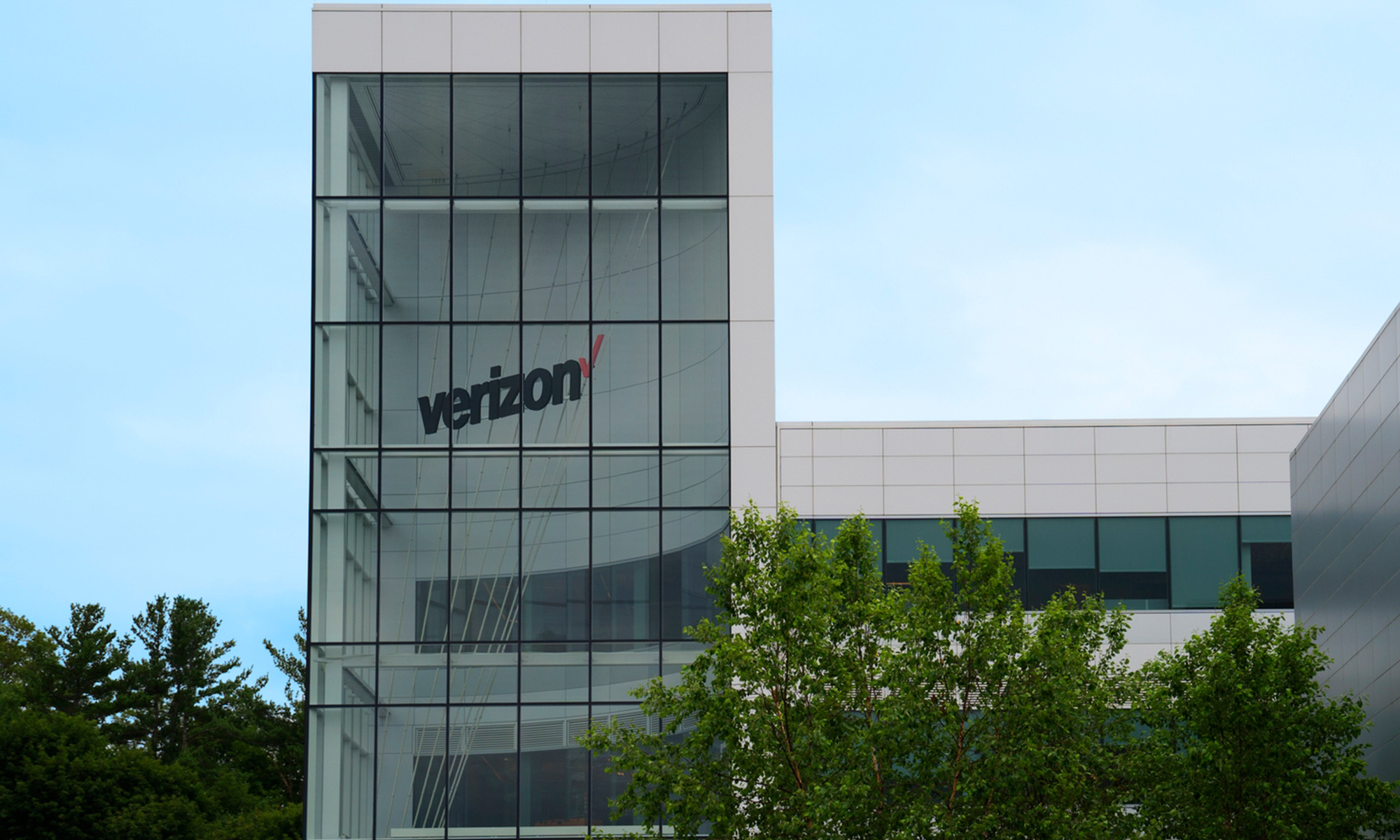Verizon (VZ +0.06%) currently offers a monster dividend. The telecom giant's payout yields an eye-popping 7%. That's one of the highest yields in the S&P 500 where the average is 1.7%.
A high dividend yield is often a warning sign that the market doesn't believe it's sustainable. A glance at the company's recently reported first-quarter earnings seems to support that view. However, a deeper look suggests that the company's big-time dividend is in less trouble than it appears.
A mixed quarter
Verizon's recent Q1 results were a bit underwhelming:
|
Metric |
Reported Result |
% Change |
Analysts' Consensus Estimate |
|---|---|---|---|
|
Revenue |
$32.9 billion |
Down 1.9% year over year |
$33.6 billion |
|
Adjusted earnings |
$1.20 per share |
Down 11.1% year over year |
$1.20 per share |
|
Free cash flow |
$2.3 billion |
Up 130% year over year |
$2.7 billion |
Data source: Verizon and Reuters.
As that table shows, Q1 was a mixed bag. While free cash flow was up sharply, it fell well short of analysts' expectations. Meanwhile, the company met the muted estimate for adjusted earnings.
Even though Verizon's financial results were underwhelming, they're heading in the right direction. CEO Hans Vestberg commented:
Our operational and financial results reflect the steps that we have taken to improve our performance. Compared to this time last year, we have added more postpaid phone gross additions to our network and have increased our cash flow from operations and free cash flow.
Verizon reported 633,000 net additions of retail postpaid wireless customers. The company's total wireless postpaid gross additions grew by 5.3% thanks to an 11.5% increase in its consumer segment. Verizon also delivered 437,000 net-total broadband additions, its highest in over a decade, driven by strong demand for fixed wireless and Fios products.
Meanwhile, although free cash flow fell short of analysts' expectations, it more than doubled. Still, at $2.3 billion, the company didn't generate enough free cash after capital expenditures to cover its dividend payments ($2.7 billion). That's a potential concern for investors.

NYSE: VZ
Key Data Points
Drilling down a bit deeper into cash flow
Verizon produced $8.3 billion of cash flow from operations in Q1, up 22% from last year's Q1. It spent $6 billion on capital expenditures ($200 million more than last year), including the remaining $1.75 billion under its C-band spending program to secure spectrum for its 5G network expansion. That left it with a $400 million shortfall in covering the dividend in the quarter.
However, with Verizon's multiyear $10 billion investment in C-band in the rearview mirror, capital spending will come down in the coming quarters. The company expects capital spending to fall by more than $5 billion from last year's level of $23.1 billion to an annual rate of $17 billion next year. (It sees capital spending in the range of $18.25 billion to $19.25 billion this year.)
That will free up a lot of cash flow for a company that already produces plenty to cover its annual dividend. In 2022, Verizon generated $14.1 billion in free cash after capital spending, more than enough to cover its $10.8 billion dividend outlay. With capital spending coming down in the future -- and operating cash flow likely to keep rising -- Verizon should produce even more excess cash after covering its dividend in the coming quarters.
That will enable the company to further strengthen its already solid financial profile. Verizon ended the first quarter with a leverage ratio of 2.7 times net unsecured debt-to-adjusted earnings before interest, taxes, depreciation, and amortization (EBITDA), down from 2.8 times in last year's Q1. That backs the company's strong bond ratings of Baa1/BBB+/A- from the three main credit-rating agencies. The telecom company's long-term target is to get leverage down to an even lower range of 1.75 to 2.0 times. Meanwhile, it set an interim goal of getting leverage down to 2.25 times before it starts repurchasing shares.
These features all suggest that Verizon's dividend is on solid ground. With free cash flow expected to improve, the company is in an even better position to continue increasing its dividend, which it has done for the last 16 straight years, the longest current streak in the U.S. telecom sector.
Verizon's dividend isn't in any trouble
Verizon's heavy capital spending to build its 5G network has pressured its free cash flow and balance sheet. However, that weight is lifting. Because of that, free cash flow should continue improving while leverage should head lower. As a result, Verizon's dividend seems to be on a sustainable footing. That makes it look attractive for those seeking a big-time income stream.





